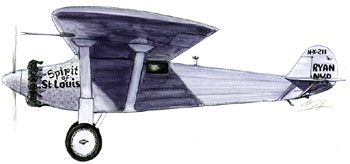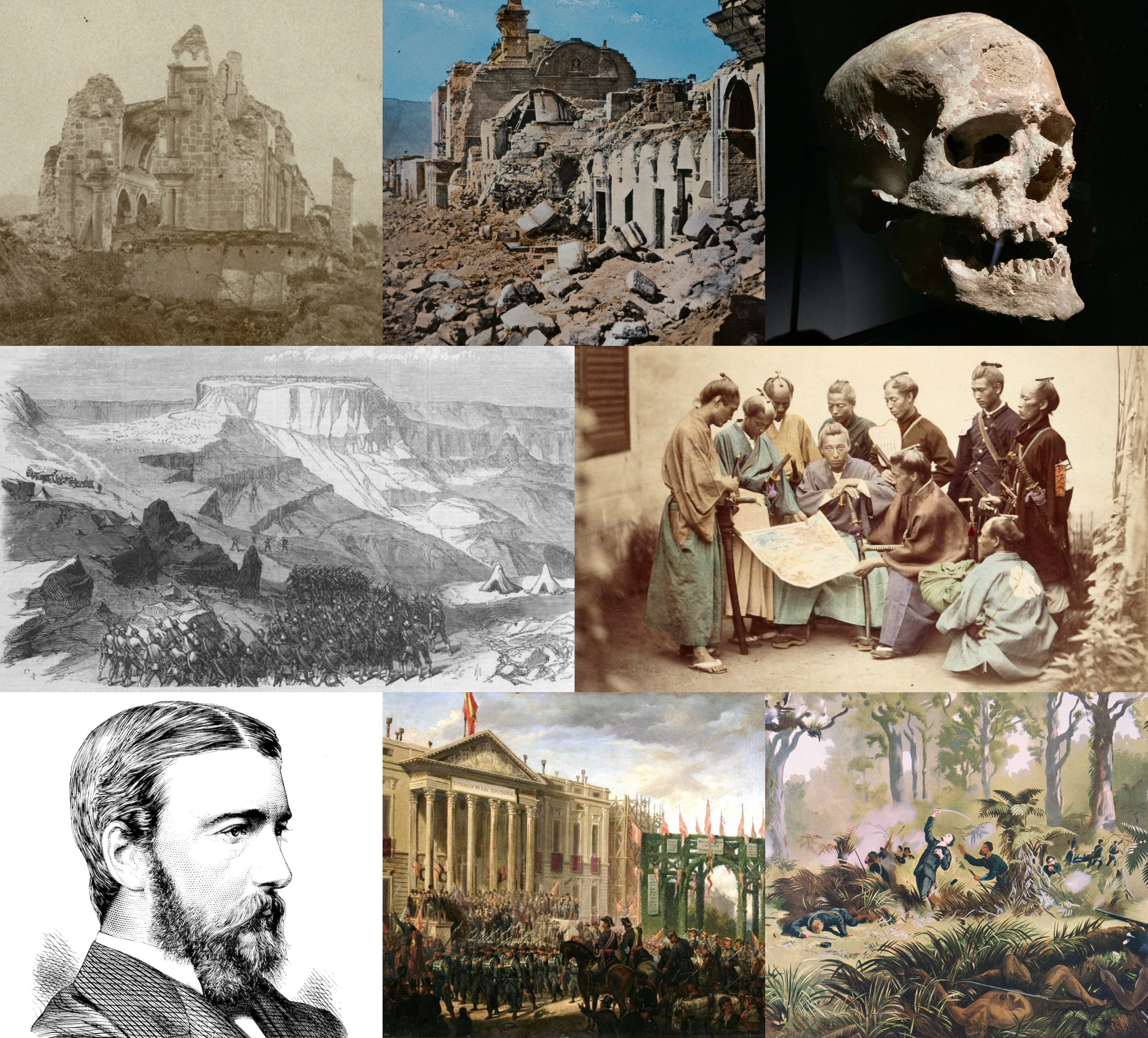|
Karl Petrén
Karl Anders Petrén (1868–1927) was a Swedish physician who was a native of Halmstad. He studied medicine under Magnus Blix (1849-1904) in Sweden and with Joseph Jules Dejerine (1849-1917) in Paris. He received his doctorate in 1896, and later served as a professor of practical medicine in Uppsala and Lund. Petrén is remembered for his work with diabetes prior to the days of readily available insulin. He advocated a low-carbohydrate diet that was very high in fat to treat diabetes. He noticed that adding meat to the diet of diabetic individuals sometimes exacerbated or induced ketosis, whereas a diet with a high fat content reduced ketosis. He demonstrated that if protein intake was limited, and the amount of fat in the diet was large enough, ketosis in diabetes could be eliminated. In 1901, Petrén published an important treatise on gait disorders titled ''Uber den Zusammenhang zwischen anatomisch bedingter und functioneller gangstorung im Greisenalter'', in which he des ... [...More Info...] [...Related Items...] OR: [Wikipedia] [Google] [Baidu] |
Abasia
Abasia (from Greek: ''a-'', without and ''basis'', step) is the inability to walk owing to impairment in motor coordination. The term covers a spectrum of medical disorders such as: * choreic abasia: caused by chorea of the legs * paralytic abasia: caused by paralysis of the leg muscles * spastic abasia: caused by spastic stiffening of the leg muscles * trembling abasia: caused by trembling of the legs Abasia is frequently accompanied by astasis, an inability to stand, see Astasia-abasia. See also * Aboulia * Astasia * Paul Oscar Blocq Paul Oscar Blocq (1860–1896, page 1.) was a French pathologist who is remembered for his Neuropathology, neuropathological work done with Jean-Martin Charcot (1825-1893) and Gheorghe Marinescu (1863-1938) at the Salpêtrière in Paris. Blocq a ... References Further reading * * * Symptoms and signs: Nervous system {{med-sign-stub ... [...More Info...] [...Related Items...] OR: [Wikipedia] [Google] [Baidu] |
Low-carbohydrate Diet Advocates
Low-carbohydrate diets restrict carbohydrate consumption relative to the average diet. Foods high in carbohydrates (e.g., sugar, bread, pasta) are limited, and replaced with foods containing a higher percentage of fat and protein (e.g., meat, poultry, fish, shellfish, eggs, cheese, nuts, and seeds), as well as low carbohydrate foods (e.g. spinach, kale, chard, collards, and other fibrous vegetables). There is a lack of standardization of how much carbohydrate low-carbohydrate diets must have, and this has complicated research. One definition, from the American Academy of Family Physicians, specifies low-carbohydrate diets as having less than 20% of calories from carbohydrates. There is no good evidence that low-carbohydrate dieting confers any particular health benefits apart from weight loss, where low-carbohydrate diets achieve outcomes similar to other diets, as weight loss is mainly determined by calorie restriction and adherence. One form of low-carbohydrate diet ca ... [...More Info...] [...Related Items...] OR: [Wikipedia] [Google] [Baidu] |
1927 Deaths
Events January * January 1 – The British Broadcasting ''Company'' becomes the BBC, British Broadcasting ''Corporation'', when its Royal Charter of incorporation takes effect. John Reith, 1st Baron Reith, John Reith becomes the first Director-General. * January 7 ** The first transatlantic telephone call is made ''via radio'' from New York City, United States, to London, United Kingdom. ** The Harlem Globetrotters exhibition basketball team play their first ever road game in Hinckley, Illinois. * January 9 – The Laurier Palace Theatre fire at a movie theatre in Montreal, Quebec, Canada, kills 78 children. * January 10 – Fritz Lang's futuristic film ''Metropolis (1927 film), Metropolis'' is released in Germany. * January 11 – Louis B. Mayer, head of film studio Metro-Goldwyn-Mayer (MGM), announces the creation of the Academy of Motion Picture Arts and Sciences, at a banquet in Los Angeles, California. * January 24 – U.S. Marines United States occ ... [...More Info...] [...Related Items...] OR: [Wikipedia] [Google] [Baidu] |
1868 Births
Events January * January 2 – British Expedition to Abyssinia: Robert Napier leads an expedition to free captive British officials and missionaries. * January 3 – The 15-year-old Mutsuhito, Emperor Meiji of Japan, declares the ''Meiji Restoration'', his own restoration to full power, under the influence of supporters from the Chōshū and Satsuma Domains, and against the supporters of the Tokugawa shogunate, triggering the Boshin War. * January 5 – Paraguayan War: Brazilian Army commander Luís Alves de Lima e Silva, Duke of Caxias, enters Asunción, Paraguay's capital. Some days later he declares the war is over. Nevertheless, Francisco Solano López, Paraguay's president, prepares guerrillas to fight in the countryside. * January 7 – The Arkansas constitutional convention meets in Little Rock. * January 9 – Penal transportation from Britain to Australia ends, with arrival of the convict ship '' Hougoumont'' in Western Australia, afte ... [...More Info...] [...Related Items...] OR: [Wikipedia] [Google] [Baidu] |
Arsenic Poisoning
Arsenic poisoning (or arsenicosis) is a medical condition that occurs due to elevated levels of arsenic in the body. If arsenic poisoning occurs over a brief period of time, symptoms may include vomiting, abdominal pain, encephalopathy, and watery diarrhea that contains blood. Long-term exposure can result in thickening of the skin, darker skin, abdominal pain, diarrhea, heart disease, numbness, and cancer. The most common reason for long-term exposure is contaminated drinking water. Groundwater most often becomes contaminated naturally; however, contamination may also occur from mining or agriculture. It may also be found in the soil and air. Recommended levels in water are less than 10–50 μg/L (10–50 parts per billion). Other routes of exposure include toxic waste sites and pseudo-medicine. Most cases of poisoning are accidental. Arsenic acts by changing the functioning of around 200 enzymes. Diagnosis is by testing the urine, blood, or hair. Prevention is by using ... [...More Info...] [...Related Items...] OR: [Wikipedia] [Google] [Baidu] |
Internal Medicine
Internal medicine, also known as general medicine in Commonwealth nations, is a medical specialty for medical doctors focused on the prevention, diagnosis, and treatment of diseases in adults. Its namesake stems from "treatment of diseases of the internal organs". Medical practitioners of internal medicine are referred to as internists, or physicians in Commonwealth nations. Internists possess specialized skills in managing patients with undifferentiated or multi-system disease processes. They provide care to both hospitalized (inpatient) and ambulatory (outpatient) patients and often contribute significantly to teaching and research. Internists are qualified physicians who have undergone postgraduate training in internal medicine, and should not be confused with " interns", a term commonly used for a medical doctor who has obtained a medical degree but does not yet have a license to practice medicine unsupervised. In the United States and Commonwealth nations, there is often ... [...More Info...] [...Related Items...] OR: [Wikipedia] [Google] [Baidu] |
Nervous System
In biology, the nervous system is the complex system, highly complex part of an animal that coordinates its behavior, actions and sense, sensory information by transmitting action potential, signals to and from different parts of its body. The nervous system detects environmental changes that impact the body, then works in tandem with the endocrine system to respond to such events. Nervous tissue first arose in Ediacara biota, wormlike organisms about 550 to 600 million years ago. In Vertebrate, vertebrates, it consists of two main parts, the central nervous system (CNS) and the peripheral nervous system (PNS). The CNS consists of the brain and spinal cord. The PNS consists mainly of nerves, which are enclosed bundles of the long fibers, or axons, that connect the CNS to every other part of the body. Nerves that transmit signals from the brain are called motor nerves (efferent), while those nerves that transmit information from the body to the CNS are called sensory nerves (aff ... [...More Info...] [...Related Items...] OR: [Wikipedia] [Google] [Baidu] |
Louise Petrén-Overton
Hedvig Louise Beata Petrén-Overton (August 12, 1880 – January 14, 1977) was a Swedish mathematician, the first woman in Sweden with a doctorate in mathematics. Early life and education Louise Petrén was one of twelve children of the vicar of Halmstad. Her father had earned a doctorate in mathematics in 1850, and her great-uncle had been a professor of mathematics at Lund University. One of her brothers was physician and researcher Karl Anders Petrén. With two older sisters doing the housework, she was left free to concentrate on her studies. As a child, ill with scarlet fever, she told her family that she would not go to heaven unless she could bring her mathematics books there. She earned an education certificate through private tutoring in 1899, and earned a bachelor's degree at Lund University in 1902, as one of roughly a dozen women at the university and the only one in the sciences. She earned a licenciate in 1910 and defended her doctorate at Lund in 1911, with the ... [...More Info...] [...Related Items...] OR: [Wikipedia] [Google] [Baidu] |
Protein
Proteins are large biomolecules and macromolecules that comprise one or more long chains of amino acid residue (biochemistry), residues. Proteins perform a vast array of functions within organisms, including Enzyme catalysis, catalysing metabolic reactions, DNA replication, Cell signaling, responding to stimuli, providing Cytoskeleton, structure to cells and Fibrous protein, organisms, and Intracellular transport, transporting molecules from one location to another. Proteins differ from one another primarily in their sequence of amino acids, which is dictated by the Nucleic acid sequence, nucleotide sequence of their genes, and which usually results in protein folding into a specific Protein structure, 3D structure that determines its activity. A linear chain of amino acid residues is called a polypeptide. A protein contains at least one long polypeptide. Short polypeptides, containing less than 20–30 residues, are rarely considered to be proteins and are commonly called pep ... [...More Info...] [...Related Items...] OR: [Wikipedia] [Google] [Baidu] |







